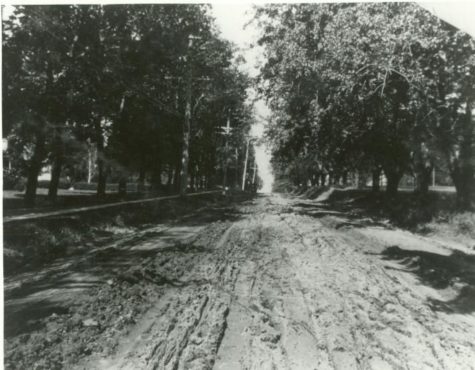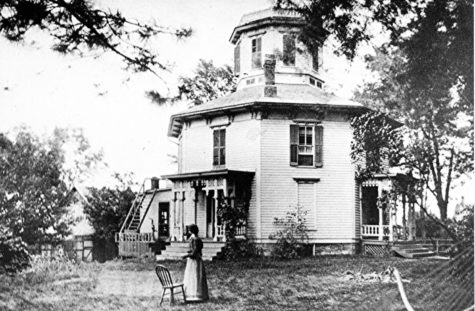The history of St. Patrick’s Day
March 9, 2017
The history of St. Patrick’s Day
Every year on March 17th, people of Irish descent, as well as those who are Irish at heart, choose to observe St. Patrick’s Day as a national holiday.
Throughout Ireland, there are hundreds of different carnivals, festivities, parades, pub crawls etc. as well as throughout the United States as well.
Many people have not even given the holiday much thought as to how it came into being.
According to www.history.com, St. Patrick, who lived during the fifth century, is the patron saint and national apostle of Ireland. When St. Patrick was just 16, the story goes that he was kidnapped and brought to Ireland.
Years later he was able to escape, but again returned back to Ireland bringing Christianity to the people of Ireland. St. Patrick was rumored to have died on March 17th, which is why we acknowledge St. Patrick’s Day on this exact date.
St. Patrick is said to have used the shamrock, a three leafed plant, to explain how Christianity worked through the father, son, and holy spirit, otherwise known as the holy trinity.
This is originally how the color green was associated with the holiday, that years later we began also associating with things like leprechauns and pinching.
Irish patronism among American immigrants is how this holiday entered into the United States, and is now still widely celebrated in all parts of the world today. While it may seem like a lighthearted celebration, in many cultures this is a day of feast, celebration, and an honorary dedication to St. Patrick.
For even more information on the history of St. Patrick’s Day you can read about it here:
http://www.history.com/topics/st-patricks-day/history-of-st-patricks-day














